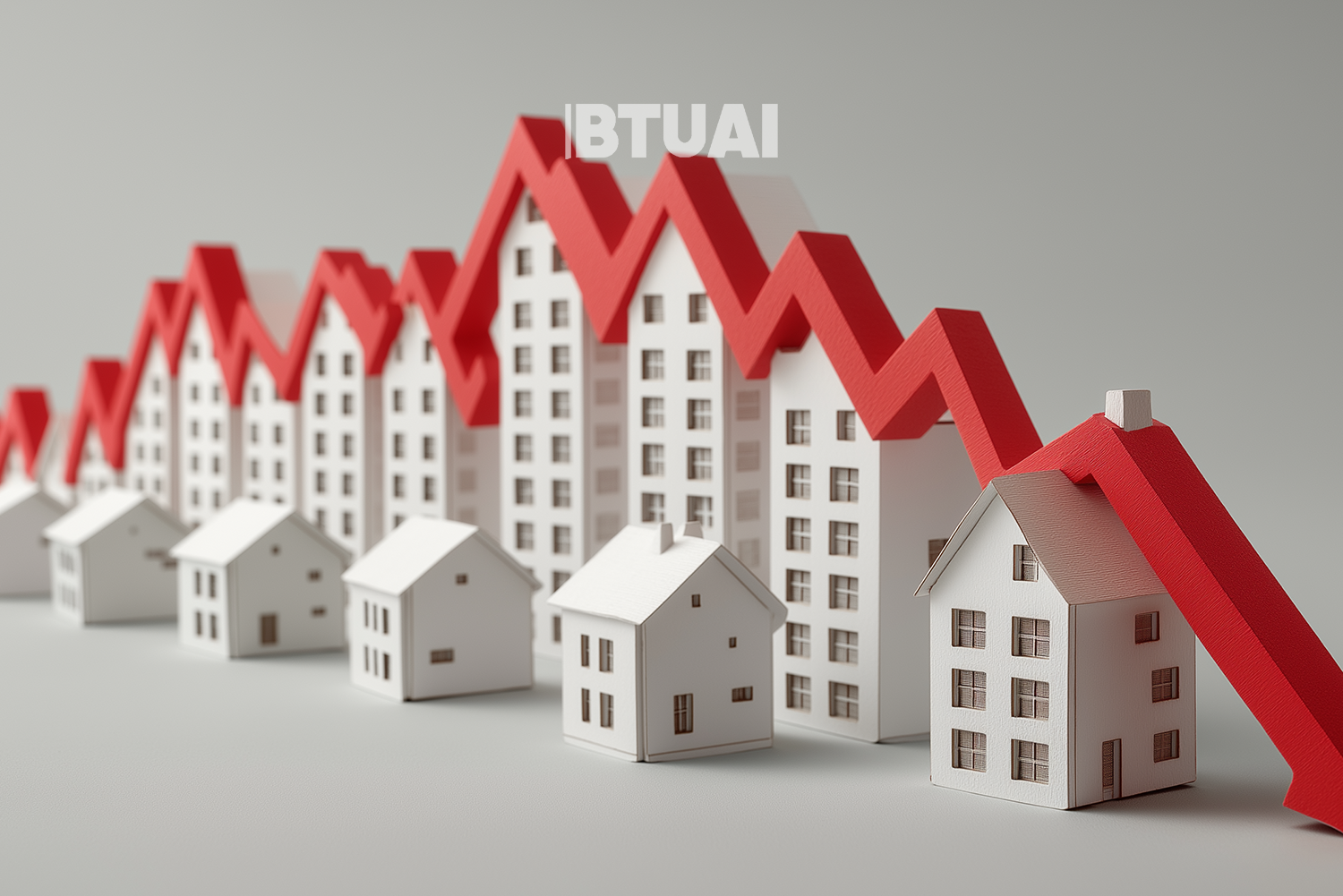New Leaders in Tbilisi’s Real Estate Market: Where Are Most Apartments Sold and What Do Neighborhood Trends Reveal?
Data from April 2025 paints a surprisingly diverse picture of Tbilisi’s real estate market — reflecting both upward and

Data from April 2025 paints a surprisingly diverse picture of Tbilisi’s real estate market — reflecting both upward and downward trends across different districts. According to a study by TBC Capital, a total of 3,206 apartments were sold in Tbilisi during April, marking a 0.4% year-over-year increase. Yet behind this seemingly modest figure lie notable shifts and redistributions that may shape the future direction of the market and determine the investment potential of specific areas.
Didi Dighomi continues to lead the market with the highest number of apartment sales — 824 units, accounting for nearly a quarter of total sales (25.7%). It is followed by Saburtalo with 564 sales (17.6%) and Isani in third place with 378 units sold (11.8%). Samgori (8.7%) and Gldani (8.3%) round out the top five, underscoring the continued demographic and infrastructural relevance of these districts. In contrast, Vake (4.3%) and Mtatsminda (1.9%) had lower overall sales volumes, yet registered some of the highest year-over-year growth rates.
The district with the most significant annual growth was Krtsanisi, where sales increased by a striking 89%. This suggests Krtsanisi may be transforming into a newly emerging, high-growth area, possibly drawing attention to future price shifts. Demand also rose in Didi Dighomi (+16%) and Mtatsminda (+22%), driven by the development of new residential complexes, ongoing infrastructure projects, and shifting interest from both local and foreign buyers.
The picture looks different in Chughureti, where apartment sales dropped by 40% year-over-year. Similar declines were recorded in Gldani (-27%), Didube (-26%), and Samgori (-23%). These downturns may be attributed to factors such as restrictions on new construction, slow progress on infrastructure initiatives, or a general decline in neighborhood popularity — all of which directly impact demand and pricing.
It is worth noting that districts like Saburtalo, Isani, and Nadzaladevi remain relatively stable, with fewer sharp fluctuations in market activity. Overall, Tbilisi’s real estate sector continues to show growth potential, yet the shifting trends across districts clearly signal a new market realignment. Alongside traditional leaders, new high-growth locations are emerging, while some of the city’s classic neighborhoods experience temporary downturns in sales.
Given this evolving landscape, attention in the coming months is likely to shift toward districts where infrastructure development and investment potential are creating new opportunities. For real estate market players, this will require greater flexibility and detailed market monitoring to swiftly and accurately respond to the dynamics of change.




